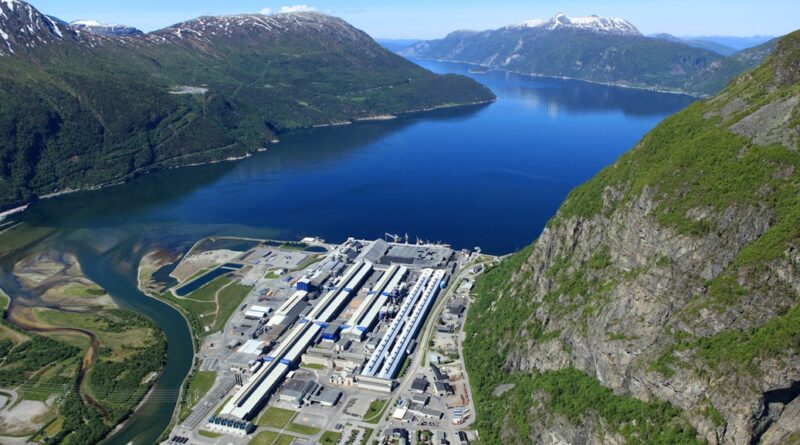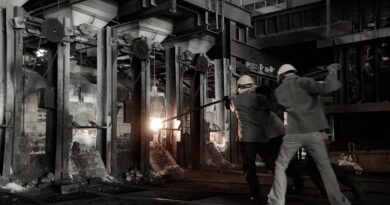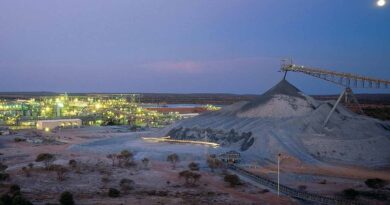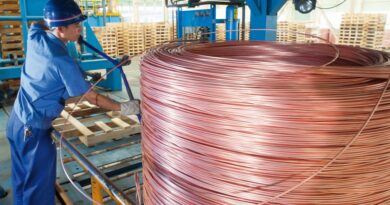Hydro cuts 20,000 tonnes of CO2 per year using biomethane
Bioenergy can replace fossil energy in the casthouse and the anode production at the Sunndal aluminium plant. This will cut emissions by 20,000 tonnes of CO2 each year and an example of Hydro taking another step towards zero-carbon aluminium.
“Since 1990, we have reduced greenhouse gas emissions in Norway by 55 percent. We are now taking another step towards zero-emissions. Replacing fossil energy with bioresources opens up new opportunities for decarbonization at our aluminium plants,” says Ola Sæter, Head of Hydro’s primary aluminium plants.
Hydro has signed a letter of intent with Havila to purchase biomethane from local plants to be built in Møre og Romsdal. The agreement is conditional on Havila receiving Enova support for the construction of a biomethane plant and that this is carried out.
“This is a very exciting project. The collaboration with Havila enables us to use local, sustainable bioresources to replace fossil fuels and cut emissions from our production. If the biomethane plant comes into place, the introduction of biomethane at Hydro Sunndal can start during 2024,” says Sæter.
Hydro Sunndal plans to replace 70 percent of the natural gas used at the smelter with biomethane. This will be an important step for the aluminium plant, at the same time as learnings from the project can be transferred to Hydro’s other aluminium plants.
“We supply aluminium to the most demanding customers in Europe. They prefer aluminium from Hydro that is produced in Norway, based on renewable energy and with 75 percent lower CO2 emissions than the industry average. At the same time, they expect us to also remove the last carbon emissions coming from our manufacturing processes. That is a challenge we take seriously and a goal we are working hard to reach,” says Sæter.
The work to decarbonize the casthouse and anode production facility in Sunndal is part of Hydro’s overall technology program.
“We are investing significant resources in being able to deliver aluminium without CO2 emissions as early as 2030. The work on introducing biomethane shows that we can achieve significant emission cuts in the period up to 2030,” says Sæter.
Use of biomethane is an important step to decarbonize the casthouse at Sunndal. The casthouse capacity at Sunndal is over 500 000 tonnes of finished products.
Major technology advances such as carbon capture and storage will require substantial investments for Hydro in the coming years. The plan is to test industrial scale production of carbon-free aluminium production from 2030.
“We have great ambitions in Norway. With predictable framework conditions in place, we have the confidence that allows us to decide on major investments that will take us further towards zero-emissions over the next ten years,” says Sæter.




